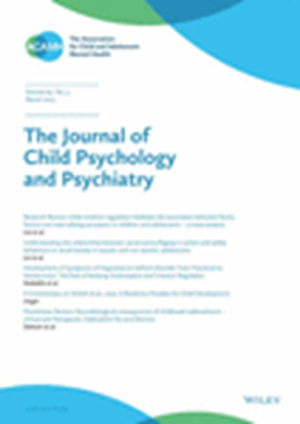Contribution of childhood lead exposure to psychopathology in the US population over the past 75 years
Abstract
Background
More than half of the current US population was exposed to adverse lead levels in childhood as a result of lead's past use in gasoline. The total contribution of childhood lead exposures to US-population mental health and personality has yet to be evaluated.
Methods
We combined serial, cross-sectional blood–lead level (BLL) data from National Health and Nutrition Examination Surveys (NHANES) with historic leaded-gasoline data to estimate US childhood BLLs from 1940 to 2015 and calculate population mental-health symptom elevations from known lead-psychopathology associations. We utilized five outcomes: (1) General Psychopathology “points”, reflecting an individual's liability to overall mental disorder, scaled to match IQ scores (M = 100, SD = 15); (2) Symptoms of Internalizing disorders (anxiety and depression) and Attention-deficit/Hyperactivity Disorder (AD/HD), both z-scored (M = 0, SD = 1); and (3) Differences in the personality traits of Neuroticism and Conscientiousness (M = 0, SD = 1).
Results
Assuming that published lead-psychopathology associations are causal and not purely correlational: We estimate that by 2015, the US population had gained 602-million General Psychopathology factor points because of exposure arising from leaded gasoline, reflecting a 0.13-standard-deviation increase in overall liability to mental illness in the population and an estimated 151 million excess mental disorders attributable to lead exposure. Investigation of specific disorder-domain symptoms identified a 0.64-standard-deviation increase in population-level Internalizing symptoms and a 0.42-standard-deviation increase in AD/HD symptoms. Population-level Neuroticism increased by 0.14 standard deviations and Conscientiousness decreased by 0.20 standard deviations. Lead-associated mental health and personality differences were most pronounced for cohorts born from 1966 through 1986 (Generation X).
Conclusions
A significant burden of mental illness symptomatology and disadvantageous personality differences can be attributed to US children's exposure to lead over the past 75 years. Lead's potential contribution to psychiatry, medicine, and children's health may be larger than previously assumed.



 求助内容:
求助内容: 应助结果提醒方式:
应助结果提醒方式:


